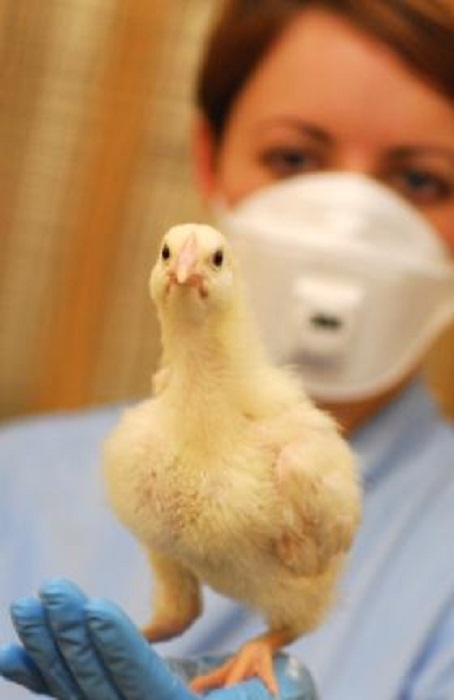Defra has published details of multiple new outbreaks of avian influenza across Europe.
Poland has reported two more H5N8 HPAI outbreaks, and a case in a wild bird, a hawk. Outbreaks of H5N8 HPAI have also now been reported in Slovakia, Romania and Hungary. Measures in accordance with Council Directive 2005/94/EC have been implemented, including killing of the birds, and disposal of the carcasses at all affected premises.
Poland has reported two outbreaks since Defra’s last report on 7 January, one in poultry (14 week turkeys) in the western county of Mysliborski where H5N8 HPAI was detected following sampling due to increased mortality, over 22,000 birds have been culled.
The second outbreak in Poland was in an establishment with over 5,500 commercial geese in Kolski region, central Poland. In Lubleskie, in the Protective Zone (PZ) around the first outbreaks, a single hawk was found dead on 6 January and tested positive for HPAI, however no infected wild waterfowl or other possible AI target species have been identified; the number tested is not known. These latest two outbreaks bring the total number in Poland this season to eleven.
Slovakia has reported its first H5N8 HPAI case of the 2019/20 season, on 09 January in a small backyard holding in the western county of Nitra of 22 poultry (free range hens). The hens had been kept at the holding since April 2018 with the eggs produced solely for consumption by the owner. There had been no trade or movements at this holding neither within nor outside Slovakia. There are no links to commercial poultry and disease control measures are in place.
Hungary confirmed its first outbreak of H5N8 HPAI on 12 January in a commercial poultry establishment (~53,000 turkeys) in the north western county of Komárom-Esztergom, close to the Slovakian border. Samples were taken following an increased mortality rate and the onset of respiratory symptoms in the birds (aged 13 weeks). Restriction zones have been established. H5N8 HPAI was last reported in poultry in Slovakia and Hungary in April 2017.
Romania confirmed its first outbreak of H5N8 HPAI on 14 January in a commercial poultry establishment, following the mortality of approximately 11,000 birds (from ~ 18,700 laying hens) in the north western county of Maramures, close to the Hungarian and Ukrainian borders. Culling is being undertaken. H5N8 HPAI was last observed in Romania in April 2017.
It is becoming more likely that the source of infection in these independent outbreaks will be contact with wild birds, although there has been some limited local spread in Eastern Poland. Wild bird surveillance in the EU relies on reporting of dead wild birds; the single hawk reported in Poland may have had access to contaminated or infected poultry within the protection zone rather than scavenging dead wild waterfowl.
According to data available on TRACES, GB has not imported any live birds or eggs from the areas surrounding these outbreaks in the last few weeks.
The OIE/FAO international reference laboratory/UK national laboratory at Weybridge has the necessary ongoing diagnostic capability for these strains of virus, whether low or high pathogenicity AI and continually monitors changes in the virus.
Currently the risk of HPAI in wild birds in the UK is low (i.e. no change at present) but this is being kept under review on a weekly basis.
Although these outbreaks in Poland, Slovakia, Romania and Hungary are the first reports of HPAI in Europe so far this winter (in either domestic poultry or wild birds), this cannot be taken as reassuring regarding the risk for incursions to UK, Defra said
Due to the lower numbers of H5 HPAI outbreaks observed in 2018/19, there may now be more limited immunity in the native wild bird population to H5 viruses, with a large susceptible population of hosts in the form of juvenile birds migrating to the UK every autumn.
Defra recommended all poultry keepers stay vigilant and make themselves aware of the latest information on www.gov.uk, particularly about recommendations for biosecurity and how to register their flocks.
Further information is available here: https://www.gov.uk/guidance/avian-influenza-bird-flu including updated biosecurity advice for poultry keepers for England; https://gov.wales/avian-influenza for Wales and; http://gov.scot/avianinfluenza for Scotland.


